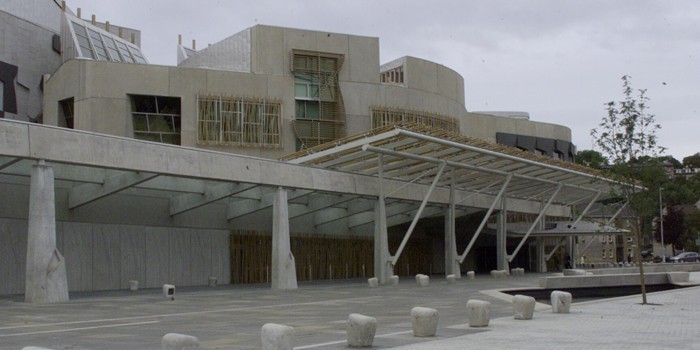MSPs have demanded borrowing powers of £5 billion as part of a shake-up of devolution and cited the new Forth crossing as one possible use for the money.
Ms Marwick, the Central Fife MSP, criticised the way the committee, which witnessed angry exchanges during meetings, had operated.
“I genuinely feel that the conduct of this committee on such an important matter as the powers of this parliament has damaged the reputation of the committee system in particular,” she said.
Scottish secretary Michael Moore, who gave evidence at the committee, said the UK Government would consider the recommendations in the report carefully.
The new Forth crossing will cost £2.3 billion and was approved by MSPs last year.
The Scotland Bill, which is progressing through Westminster, is set to devolve more tax-raising and borrowing powers to the Scottish Parliament. But a Holyrood committee published a report yesterday calling for proposed borrowing of £2.2 billion to be increased to £5 billion.
It said the Scottish Parliament should also have the power to borrow directly from the markets by issuing bonds. The report said Scottish ministers should have “complete discretion” over what the money is spent on without seeking agreement from the Treasury.
In addition, it calls for Holyrood to be given the power to vary higher rates of income tax independently in the future. Committee convener Wendy Alexander said the Scotland Bill represented the most significant transfer of financial powers to Scotland from London since the creation of the United Kingdom.
“This report is about delivering a much stronger financial settlement for Scotland and the next phase of devolution,” she said. “Our report recommends a series of amendments that would give the Scottish Parliament new powers to raise up to £5 billion for major infrastructure projects by borrowing or issuing bonds double the amount proposed by the UK Government.
“I believe that these powers could help the next Scottish Government pay for the new Forth road bridge or fund a major housing programme. The committee also makes a series of recommendations to strengthen the powers of the Scottish Parliament over a whole range of areas including council tax benefit, the Crown Estate and Gaelic broadcasting.”
The committee has also suggested doubling the proposed short-term annual borrowing limit, which would see it increased from £500 million to £1 billion. Other recommendations set out in the report include devolving the aggregates levy, and air passenger duty once the UK Government has completed its review.
The Scottish Government previously said the bill was too limited and called for full fiscal powers, a move rejected by the committee. The two SNP committee members, Brian Adam and Tricia Marwick, recommended only partial consent be given to the bill, rejecting the taxation elements.
They welcomed agreement that the present borrowing powers proposal is insufficient and should be extended and supported extension of powers on airguns, drink-driving, speed limits and borrowing.
